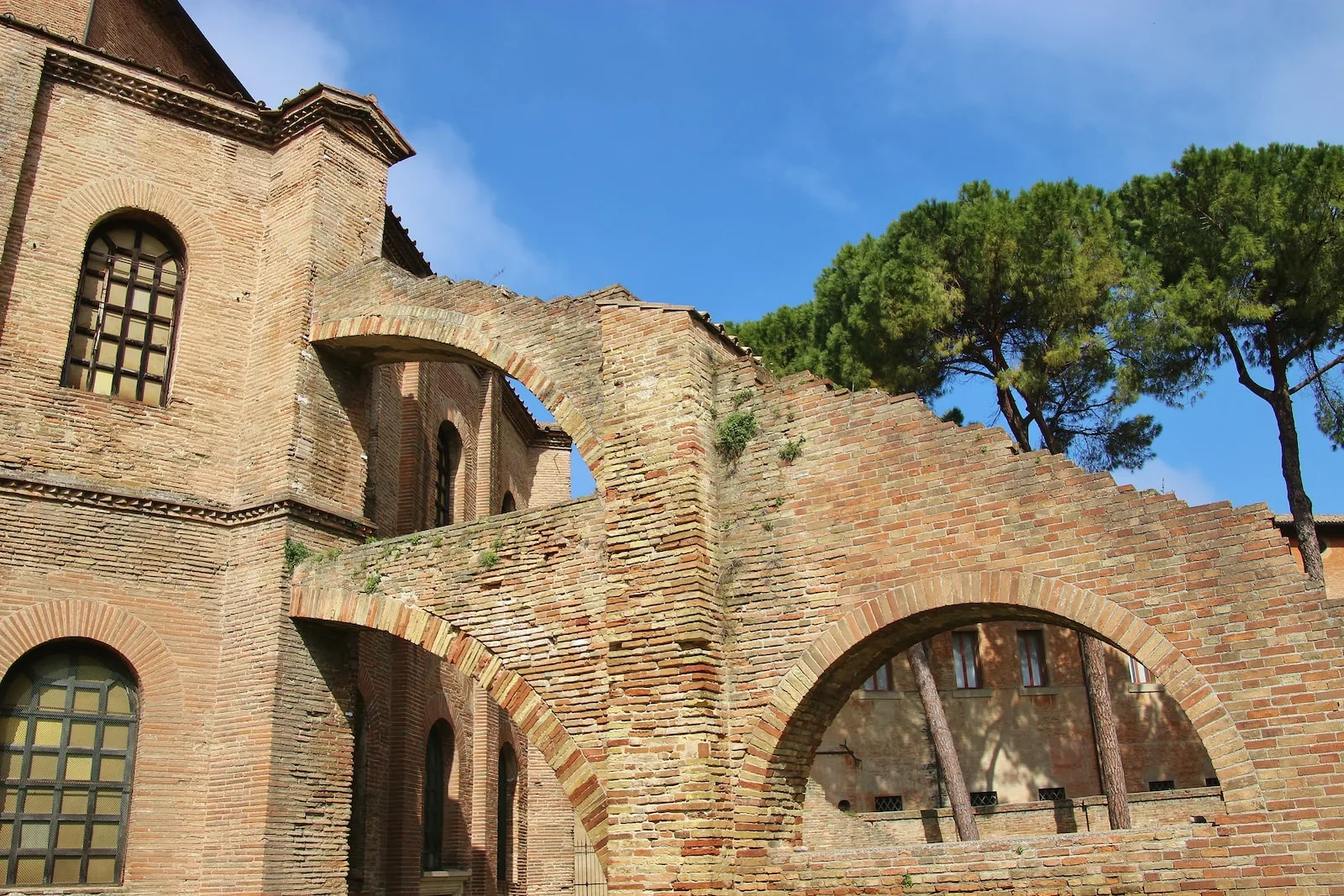The Middle Ages, often dubbed the medieval period, fostered architectural wonders that continue to captivate and awe present-day audiences. Defined by remarkable craftsmanship, structural innovation, and symbolic significance, medieval architecture remains a testament to human ingenuity and artistic expression.
Introduction
The era of the Middle Ages witnessed a remarkable evolution in architectural wonders that continue to awe and inspire us today. From towering castles to magnificent cathedrals, the medieval period was a time of innovative design, engineering prowess, and artistic grandeur.
Table of Contents
The Flourishing Era of Medieval Architecture
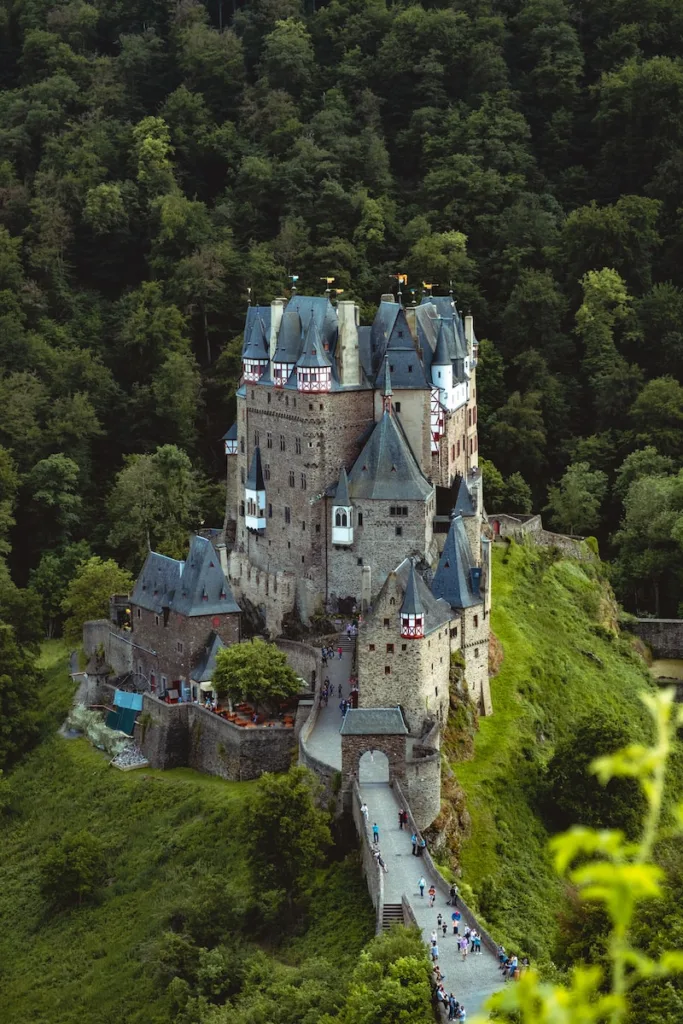
During the Middle Ages, architecture experienced a renaissance, with monumental structures dotting the landscapes across Europe. It was a time of construction marvels, defining the societal, religious, and cultural landscape.
Types of Medieval Architecture
The architectural landscape of the Middle Ages comprised various distinctive styles and structures, each serving specific purposes.
Castles: Strongholds of Power

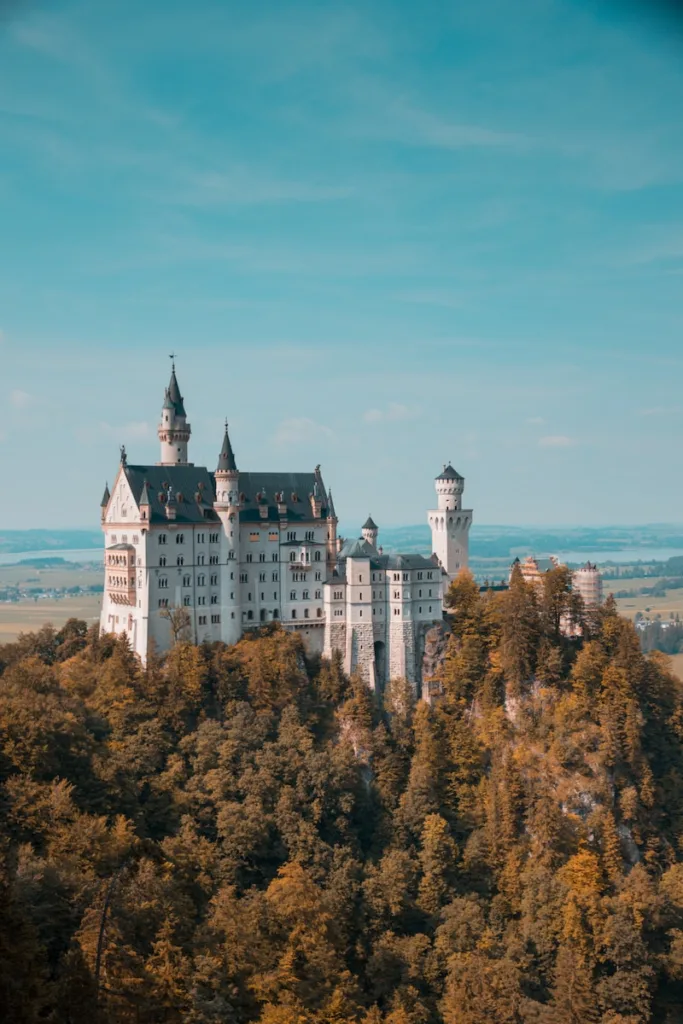
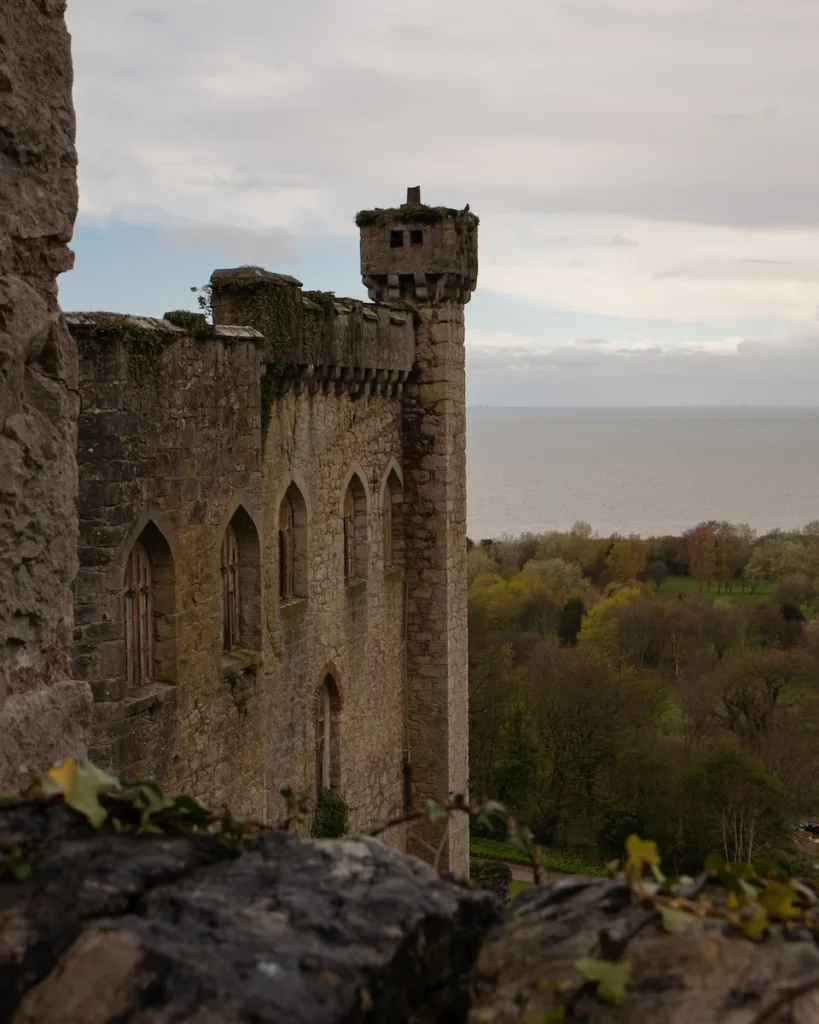
Castles, fortresses entrenched with strategic defensive mechanisms, stood as symbols of power and authority. Explore the architecture that fortified kingdoms and safeguarded nobility.
Cathedrals: Divine Masterpieces
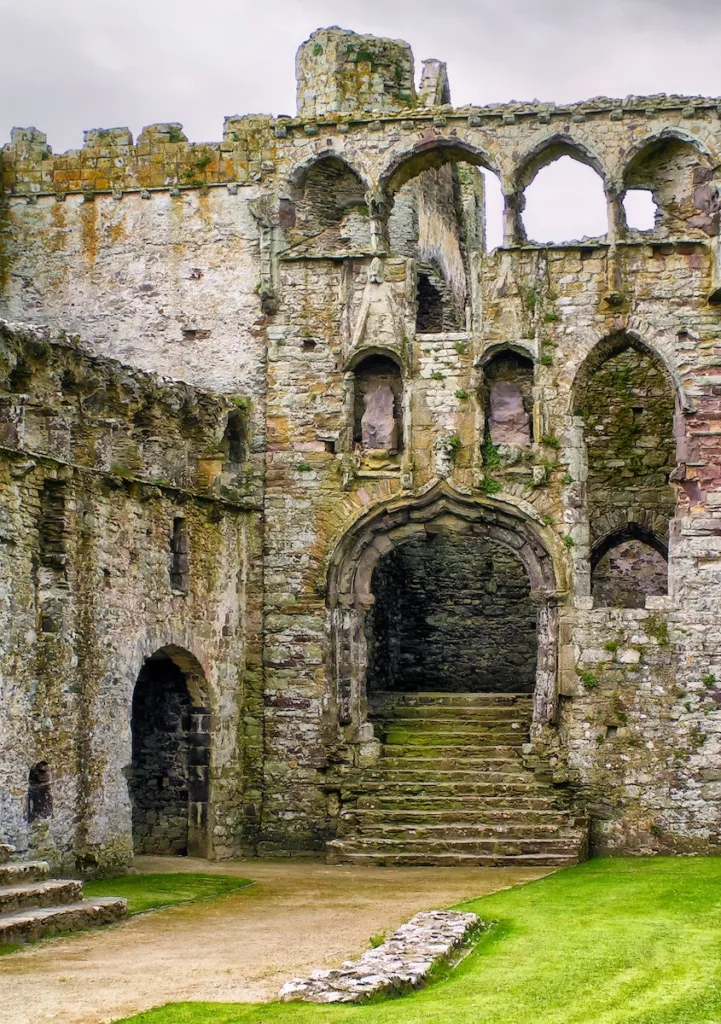
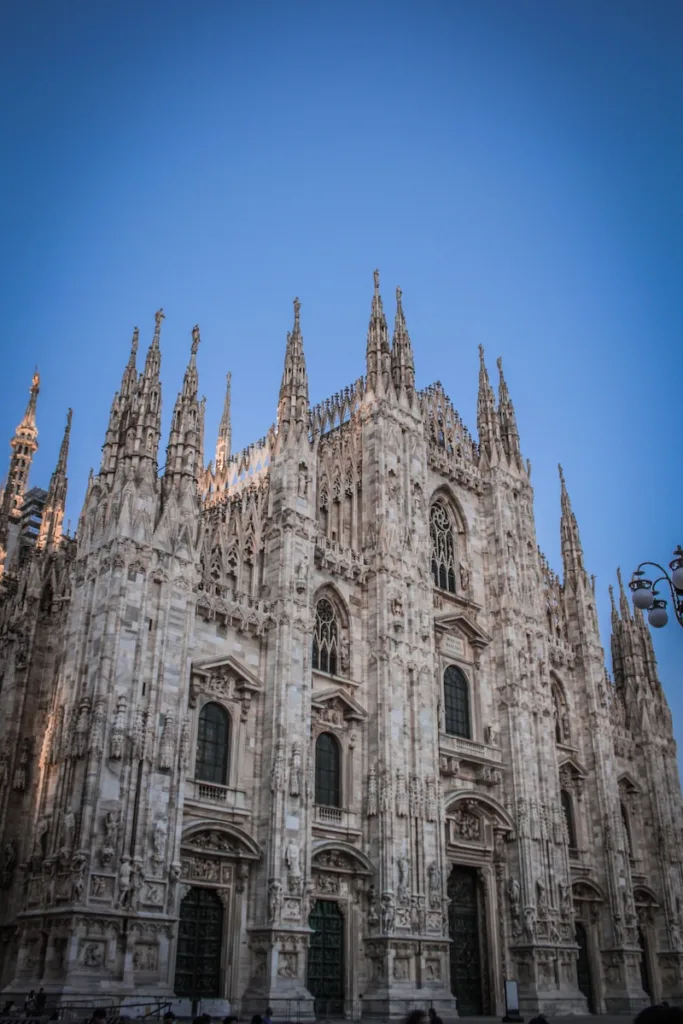
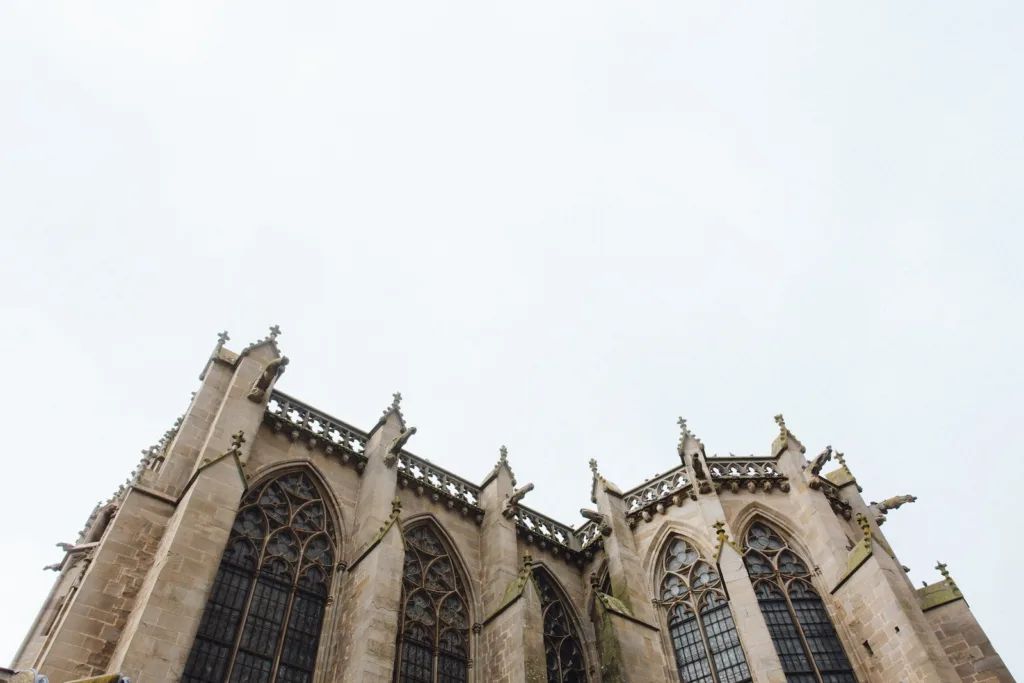
Cathedrals were the epitome of divine architecture, characterized by soaring heights, intricate stained glass windows, and awe-inspiring sculptures. Discover the spiritual significance and architectural brilliance behind these sacred structures.
Fortified Cities: Urban Defense

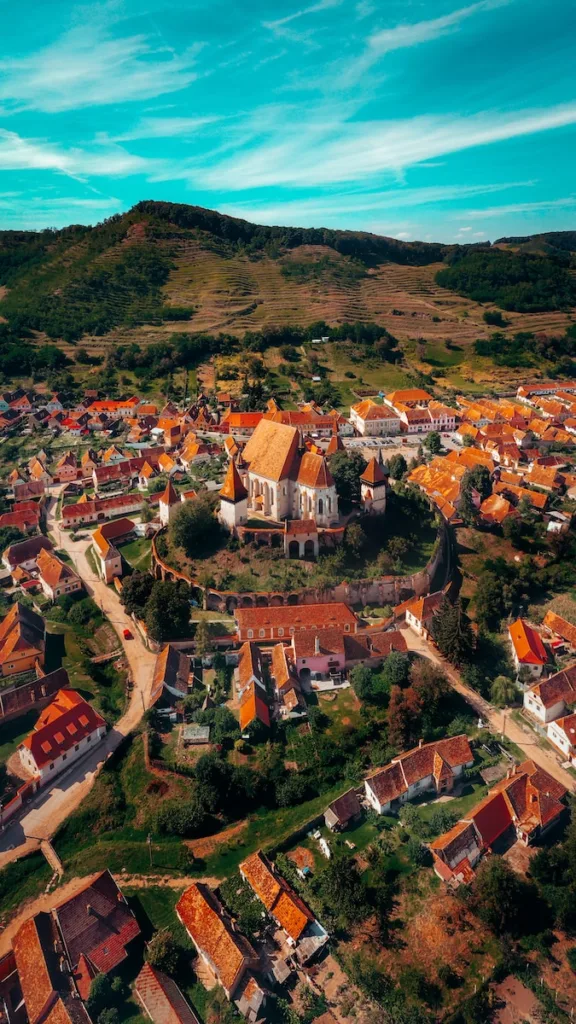
Medieval cities were often fortified, encompassing walls, gates, and defensive structures. Uncover the architectural aspects that shielded inhabitants from external threats.
Manor Houses: Rural Residences
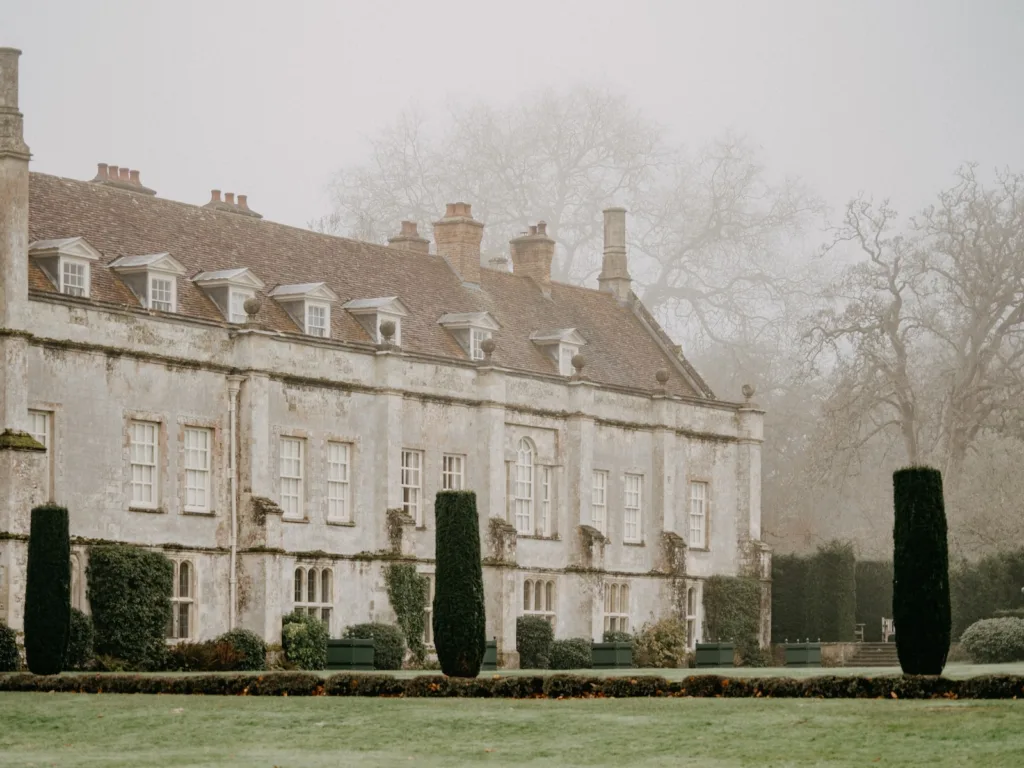
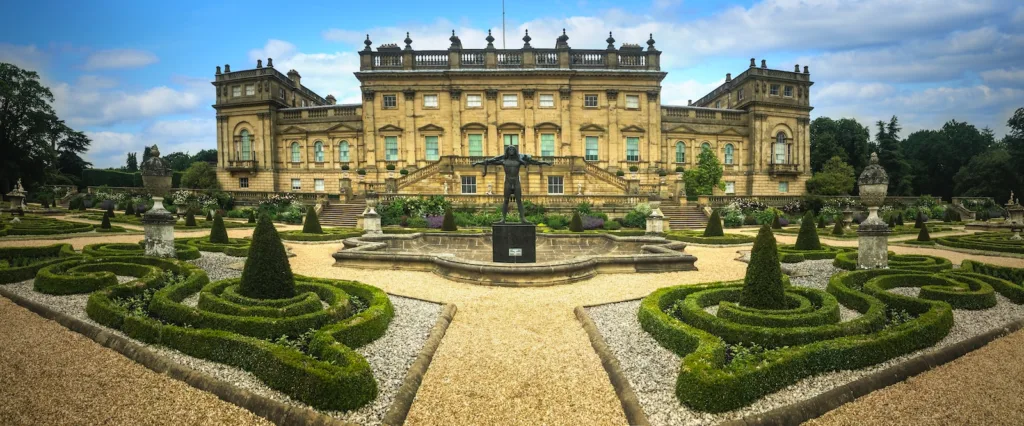
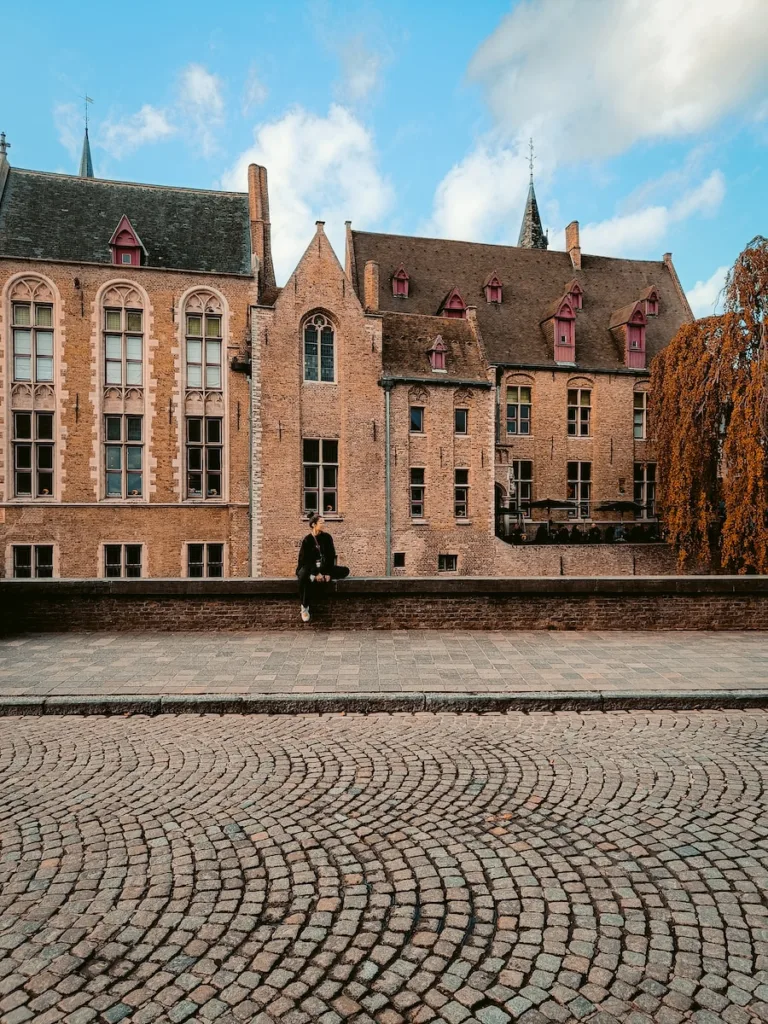
Manor houses represented the essence of rural life, showcasing a blend of functionality and elegance. Delve into the architectural nuances that adorned the countryside.
Evolution of Architectural Techniques
The architectural techniques of the Middle Ages underwent a significant transformation, influenced by diverse cultures and technological advancements.
Influences and Styles
Medieval architecture was shaped by a myriad of influences, reflecting various styles from different regions and time periods.
Gothic Architecture: A Timeless Wonder
Explore the ethereal beauty and innovation of Gothic architecture, characterized by ribbed vaults, flying buttresses, and pointed arches.
Romanesque Architecture: Sturdy Elegance
Uncover the robust and dignified Romanesque style, known for its thick walls, rounded arches, and imposing structures.
Unique Features and Innovations
The Middle Ages introduced groundbreaking architectural elements and techniques that revolutionized construction practices.
Preserving Medieval Marvels
In the present day, efforts are being made to safeguard and conserve these architectural treasures for future generations.
Conclusion
The architectural marvels of the Middle Ages stand as testaments to human ingenuity and creativity. Their enduring beauty and historical significance continue to captivate enthusiasts and historians alike.
Unique FAQs
1. What were the main purposes of medieval castles?
Medieval castles served as defensive strongholds for protecting territories, accommodating nobility, and asserting power.
2. How did Gothic architecture differ from Romanesque architecture?
Gothic architecture featured pointed arches and flying buttresses, while Romanesque architecture showcased rounded arches and sturdy structures.
3. What role did cathedrals play in medieval society?
Cathedrals served as religious centers, displaying architectural brilliance and fostering spiritual connections among communities.
4. How do modern conservation efforts preserve medieval architecture?
Modern preservation techniques involve restoration, maintenance, and documentation to ensure the longevity of medieval structures.
5. Why is medieval architecture still admired today?
The intricate designs, innovative techniques, and historical significance of medieval architecture continue to fascinate and inspire people worldwide.
